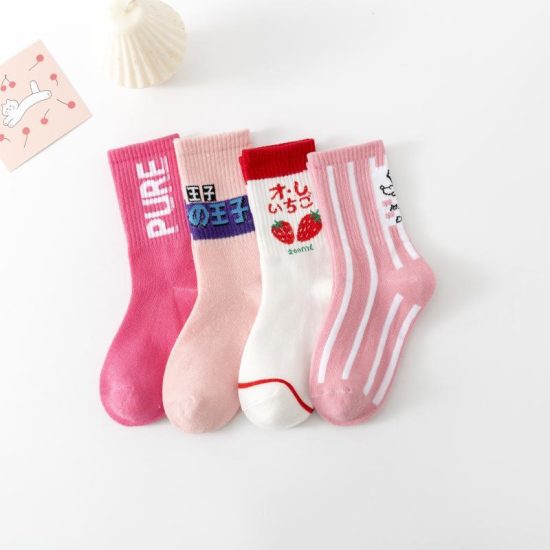Compression socks are known to provide several benefits when it comes to alleviating pain and promoting recovery. Here’s how compression socks can “sock it to pain”:
- Improved Circulation: Compression socks apply graduated pressure, with the highest pressure at the ankles and gradually decreasing as they move up the leg. This compression helps to improve blood circulation by aiding in the return of blood from the feet back to the heart. By enhancing circulation, compression socks can reduce swelling, relieve discomfort, and promote faster healing.
- Reduced Inflammation: Compression socks can help reduce inflammation in the lower legs and feet. The increased circulation they promote helps to flush out metabolic waste products and inflammatory substances, allowing for quicker recovery from pain associated with inflammation, such as in conditions like plantar fasciitis or Achilles tendonitis.
- Muscle Support: Compression socks provide gentle compression to the muscles, which can help reduce muscle vibrations and micro-tears during physical activities. The supportive compression can improve muscle stability, reduce muscle fatigue, and prevent muscle soreness. This can be particularly beneficial for individuals experiencing pain or discomfort due to overuse or muscle imbalances.
- Alleviation of Leg Pain: Compression socks can help alleviate leg pain associated with conditions like shin splints, calf strains, or varicose veins. The compression helps to support the muscles, reduce muscle oscillation, and minimize the strain on the tissues, leading to decreased pain and discomfort.
- Enhanced Recovery: Compression socks are commonly used for post-workout or post-activity recovery. They can aid in reducing muscle soreness, preventing the buildup of fluid in the legs, and promoting faster recovery by improving circulation and facilitating the removal of metabolic waste products. Wearing compression socks after intense physical activities can help to reduce pain and promote a quicker return to optimal performance.
- Joint Support: Compression socks can provide support to the joints, such as the ankles or knees, by stabilizing the surrounding tissues and improving proprioception. This support can help reduce pain associated with joint conditions, such as arthritis or ligament injuries.
It’s important to note that while compression socks can be effective for pain relief, they should be used in conjunction with proper medical advice and treatment for underlying conditions. It’s recommended to consult with a healthcare professional if you’re experiencing chronic or severe pain to determine the most appropriate course of action.
Compression socks come in various compression levels, lengths, and styles. Choosing the right compression level and fit is crucial to ensure optimal pain relief and comfort. It’s advisable to consult with a healthcare professional or follow the guidance provided by the compression sock manufacturer to select the appropriate compression level for your specific needs.

